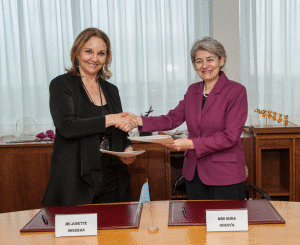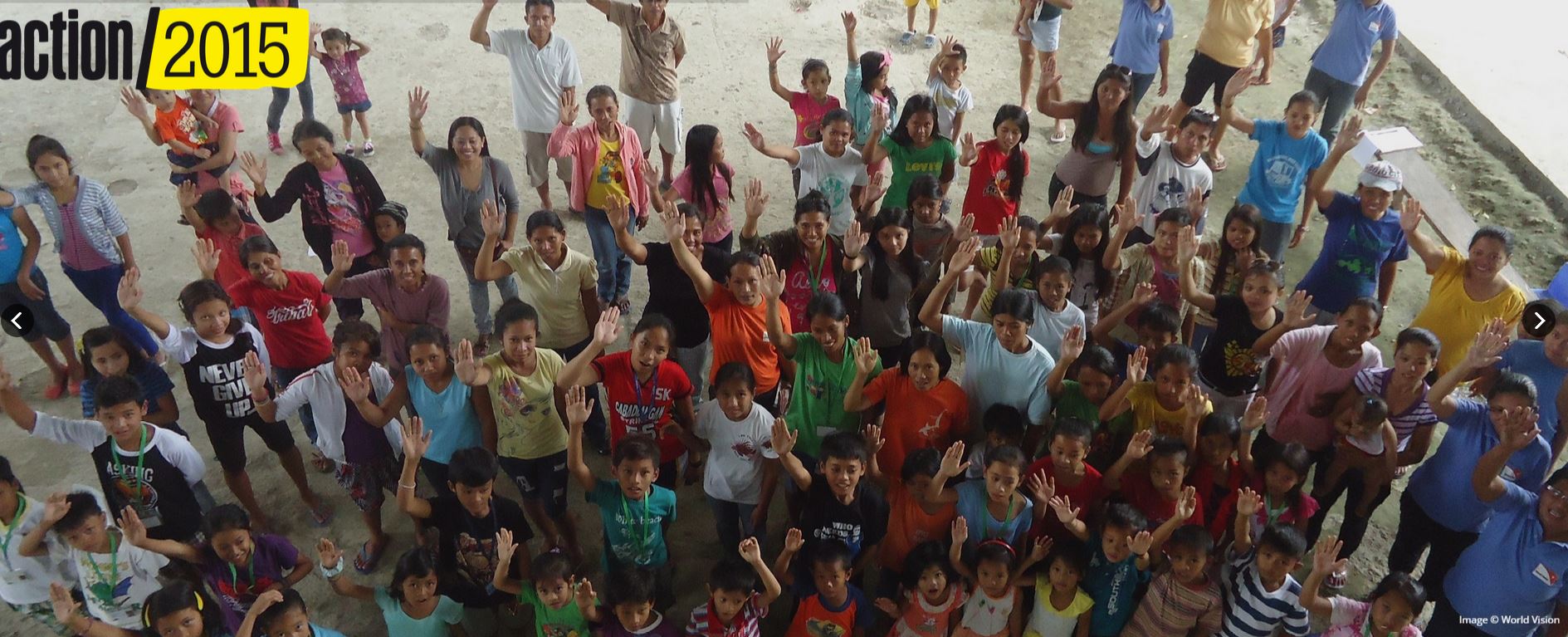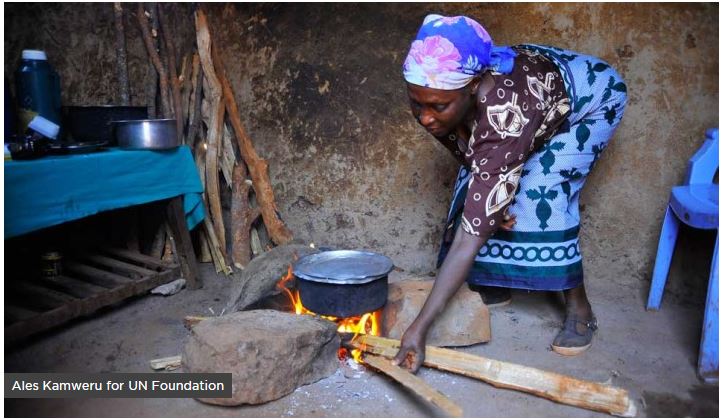My daughter once said to me, “Cambodia is about the people” and I know now what she means.
With a genocide in the collective living memory of a people, Cambodians have a remarkable outlook. Forgiveness can be explained by this definition illustrated in a well-known Tibetan Buddhist story about two monks who encounter each other some years after being released from prison where they had been tortured by their captors. “Have you forgiven them?” asks the first. “I will never forgive them! Never!” replies the second. “Well, I guess they still have you in prison, don’t they?” the first says.
In Cambodia there are families who live on less than $1 a day, who live from meal to meal. There are families who grow some rice and during productive seasons, will have enough rice to eat without surplus to trade for money or goods. The Government offers free medical assistance to the poorest families and a discount of 50% to those who have a little rice.
I met a man from the village of Peak Sneng, who had been shot in the spine during the Khmer Rouge slaughter. The stillness of the night and the gentle breeze under the trees were the backdrop to his story. He spent three years in hospital undergoing operations to save his life. He later married, had three children and then looked after a fourth child when his daughter became pregnant after a rape attack. His wife left him and went to Thailand. He now looks after three of those chn, one of whom has cerebral palsy. His oldest boy is at Siem Reap at University. Through the love of sport he has become skilled at soccer. Although confined to a wheelchair, in part held together by some rope, has represented his country in a number of overseas competitions. and is the sport teacher at the local junior high school, which by the way, has no soccer field. We took some soccer balls to the school- a request that came directly from this gentleman.






